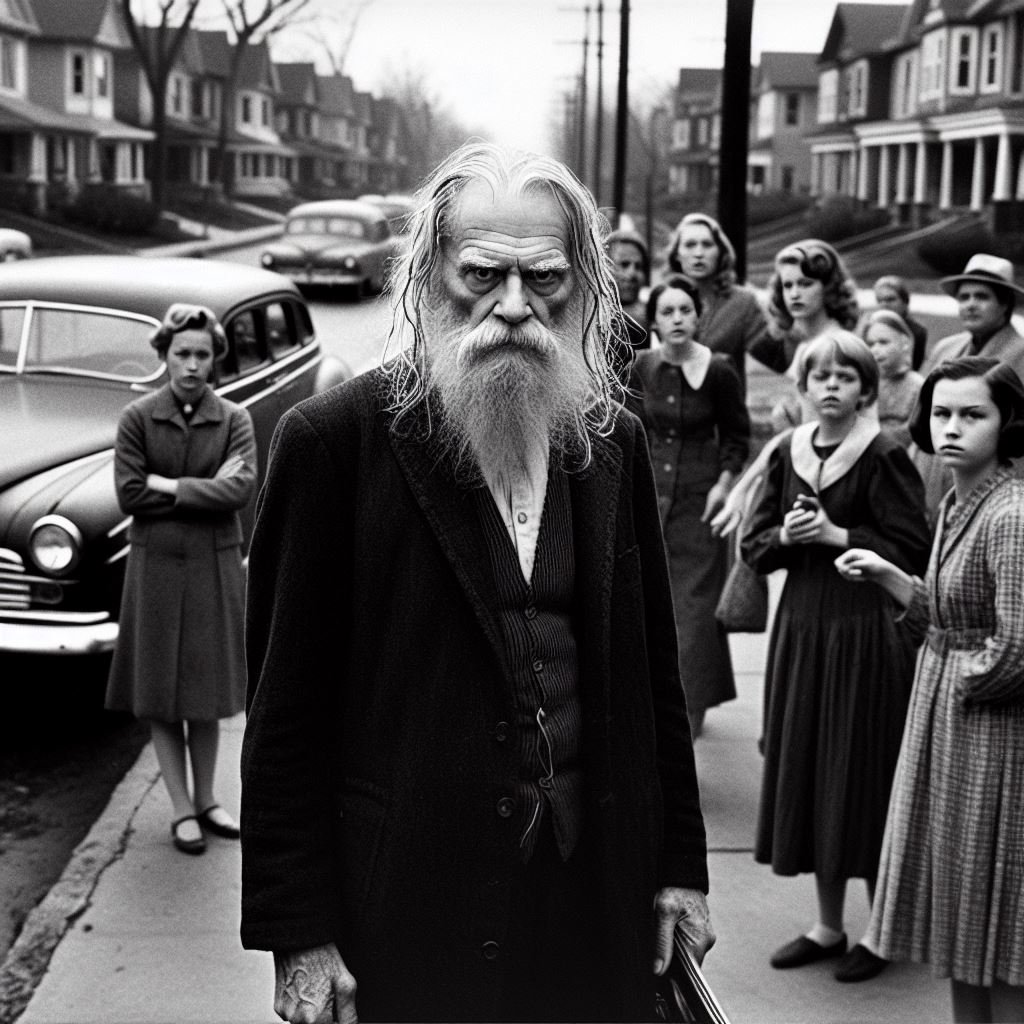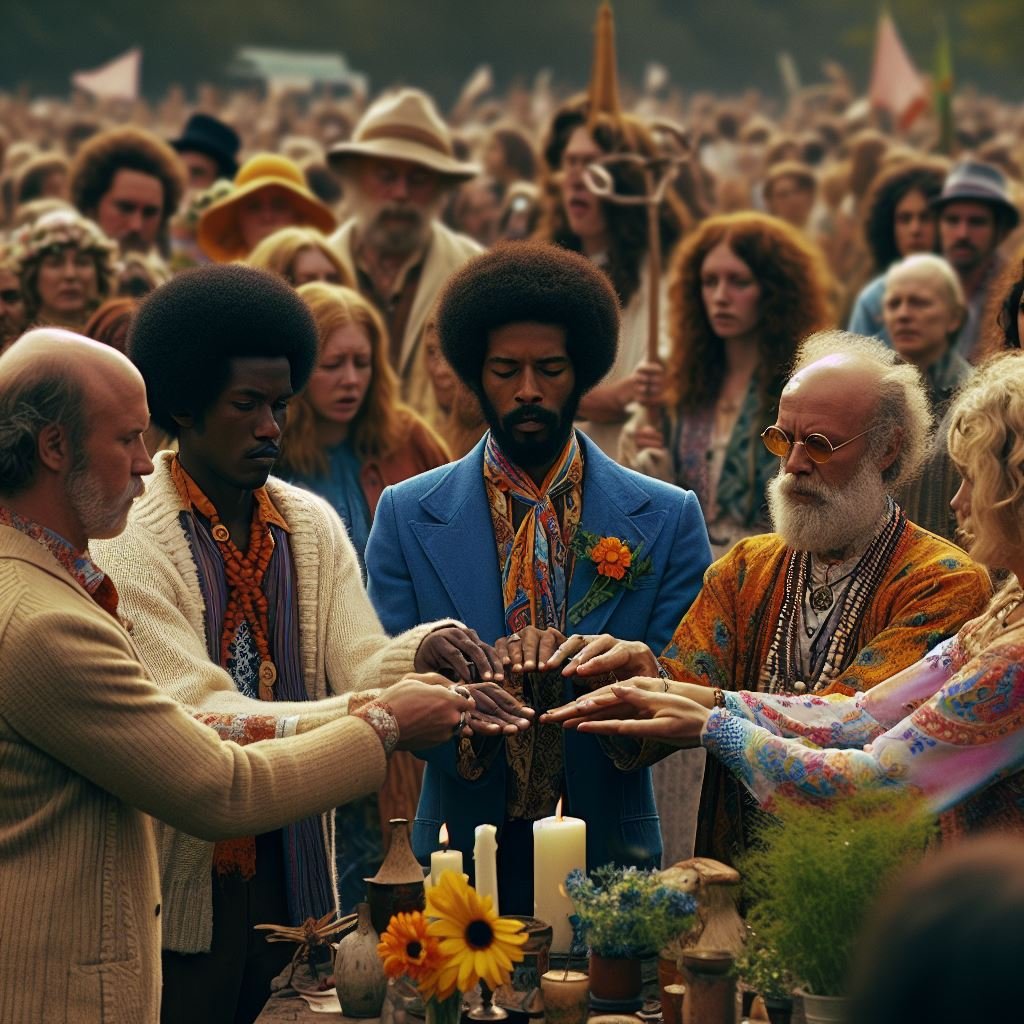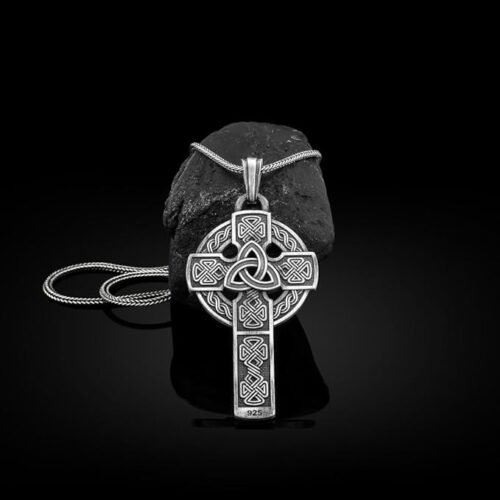
Father of Wicca, Gerald Gardner
The History of Wicca
Origins, 1921–1935
Wicca emerged in the early 20th century among esoterically inclined Britons seeking to revive the faith of their ancient ancestors. It gained prominence in the 1950s and 1960s, largely due to a dedicated group of followers determined to present their faith despite facing hostility. This radical religion found resonance in the United States, particularly within the counter-culture of the 1960s, as well as among sectors of the women’s and gay liberation movements seeking spiritual alternatives to Christian dominance.
Wicca’s foundation occurred in England between 1921 and 1950, representing a unique religious contribution from the country. Characterized as an “invented tradition” by scholars, Wicca synthesized various older elements, drawing from pre-existing religious and esoteric movements. Rooted in the witch-cult hypothesis, Wicca purported to be a survival of a pagan religion practiced by those persecuted as witches in early modern Europe. This hypothesis, popularized by figures like Gerald Gardner, was initially proposed by Karl Ernest Jarcke in 1828 and endorsed by others like Margaret Murray. Despite criticism from peers, Murray’s ideas, including the notion of covens with thirteen members, greatly influenced early Wicca. However, subsequent historical research has discredited the witch-cult theory, revealing Wicca as a 20th-century creation drawing from various sources.

Wiccans in 1970
Early Development, 1936–1959
The practice of neopagan Witchcraft began to emerge in England during the 1930s, inspired by Murray’s writings. Gerald Gardner, often regarded as the “Father of Wicca,” played a pivotal role in the mid-20th century. Gardner, a retired civil servant and amateur anthropologist, claimed initiation into a witches’ coven in New Forest, Hampshire, in the late 1930s. Establishing the Bricket Wood coven in the 1940s, Gardner attracted notable figures like Doreen Valiente and Jack Bracelin. The repeal of the Witchcraft Act 1735 in 1951 facilitated the publicization of Gardner’s Craft, which soon became dominant in England as Gardnerianism.
Adaptation and Spread, 1960–present
Following Gardner’s death in 1964, Wicca continued to expand, despite negative media portrayals. New traditions emerged, such as Alexandrian Wicca propagated by Alex Sanders. Wicca spread globally, with adaptations in countries like Australia and the United States. The 1970s saw the emergence of new traditions like the Feri Tradition and the New Reformed Orthodox Order of the Golden Dawn, alongside the publication of self-initiation guides. The 1990s witnessed increased media attention on witchcraft, both in fiction and non-fiction, leading to a surge in interest, especially among young people. Traditional Witchcraft revival movements also emerged, emphasizing pre-Gardnerian origins and rival traditions.















[…] the 1950s to the 1970s, when Wicca was primarily confined to lineage-based groups like Gardnerian Wicca and Alexandrian Wicca, the […]
[…] to their faith as “Witchcraft.” Gerald Gardner, often dubbed the “Father of Wicca,” used terms like the “Craft of the Wise,” “Witchcraft,” and […]
[…] to popular belief, not all accused witches during this dark chapter of history were adherents of Wicca or any organized pagan religion. In fact, the majority of accused witches were ordinary […]
[…] designed to evoke profound religious encounters and shift consciousness. Margot Adler, a prominent Wiccan high priestess and journalist, emphasized the transformative nature of these rituals, highlighting […]
[…] were remnants of a surviving pagan religion, igniting imaginations and birthing movements such as Wicca, the largest and most influential among […]